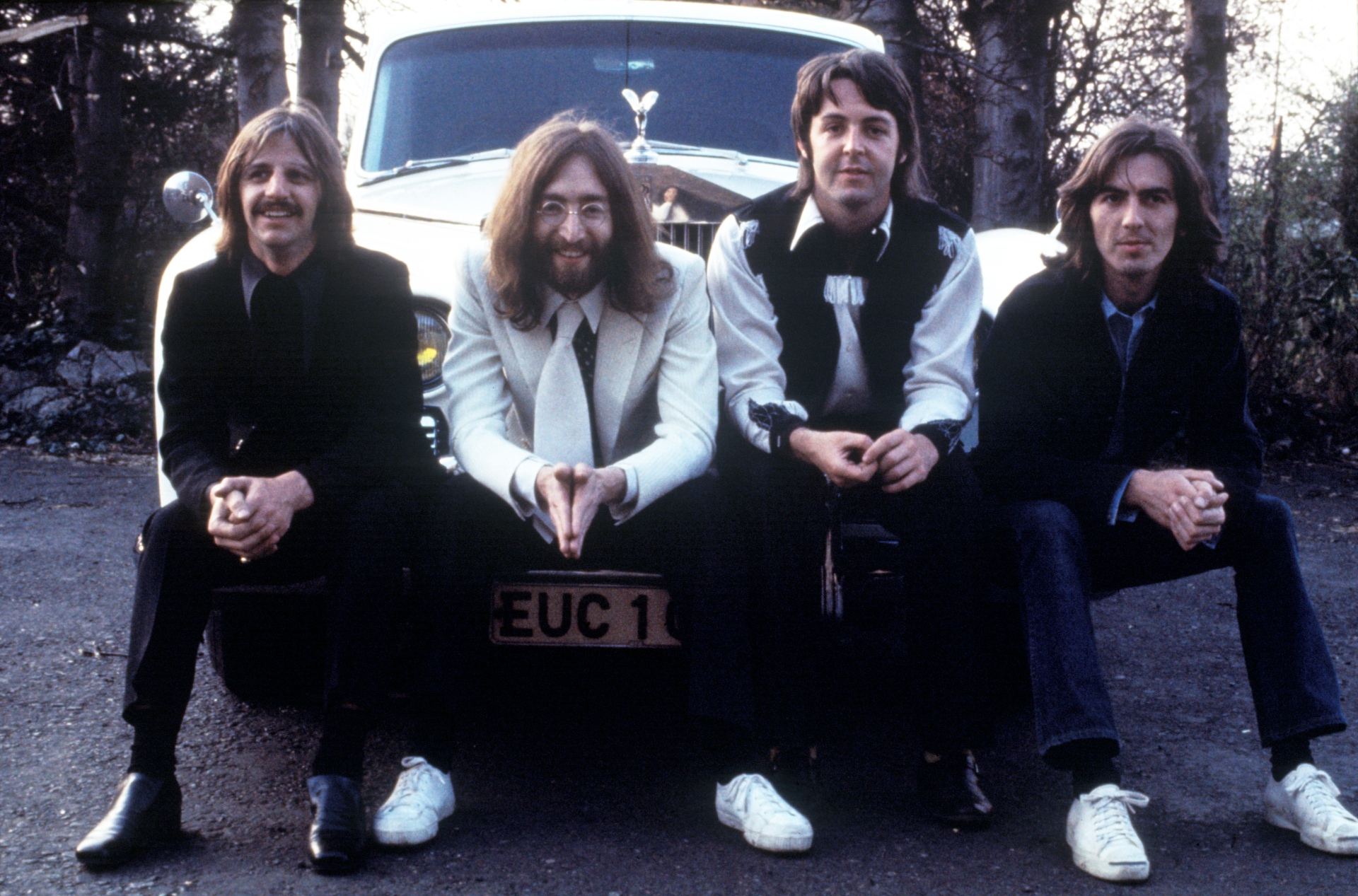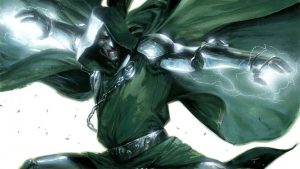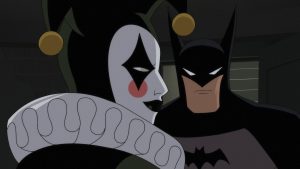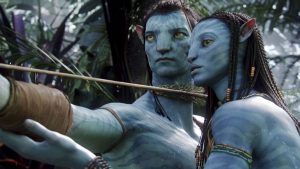
In a most dignified way, The Beatles will release their last song this year. The rollout will be minimal — a cassette photo here, a title billboard there, a digital/streaming release on Thursday, Nov. 2 — and the last recording made by John Lennon, Paul McCartney, George Harrison, and Ringo Starr will still be a classic rock standard by the end of the year. All the rumors are true. The song is “Now and Then,” and it is beautiful, bittersweet, timeless, and completely natural. It will be issued as a double-A side single with “Love Me Do,” the band’s first release. Yes, it will be the version with Ringo on drums, not tambourine.
“Love Me Do” will be the first song heard on the upcoming reissue of The Beatles’ 1973 “Red” album (officially titled 1962-1966). “Now and Then” will close the remastered reissue of the “Blue” record (1967-1970) comprised of the group’s greatest hits. These albums have been expanded to add more tracks, including Harrison songs left off the “Red” album, and will drop on Friday, Nov. 10. These will be the last records the group will issue.
The Beatles scored several “lasts.” Many have been misleading. The last song on their last album, “The End,” is followed by another song, “Her Majesty.” That final album, Abbey Road, was followed by Let It Be, which had been held up by production issues. The string section which brings mystery, apprehension, and comfort to “Now and Then” was the last recording made at Capitol Records’ Studio A before it closed for major refurbishing. The song was produced by McCartney and Giles Martin, the son of the Beatles’ producer George Martin, who filled his father’s shoes by also arranging the orchestration.
Now And Then – The Last Beatles Song, a 12-minute documentary film, written and directed by Oliver Murray, will debut on Nov. 1. Its global online premiere will be hosted on The Beatles’ YouTube channel at 3:30 pm ET. Check out a trailer for the short film below:
The Beatles are also known for a lot of “firsts,” such as being the first rock band to play stadium shows and live satellite broadcasts, monopolize Billboard’s top five singles charts, meet royalty, drop double albums, and numerous technological and musical breakthroughs. The Beatles recorded most of their music on four-track, and was one of the last bands to move to 8-track recordings, but each individual musician loved the new audio technology becoming available. Harrison, who died in 2001, sequestered himself away with his own multitrack, as he had with the Moog synthesizer and sitar. The Beatles were the first rock band to use these instruments for commercial releases.
The new song uses cutting-edge audio technology. Made after Lennon’s death, the Anthology project began in 1995 when the surviving Beatles reunited for a series of albums to be produced by Jeff Lynne. At the center was a trio of new tracks, donated by Yoko Ono, which Lennon recorded on a portable cassette recorder at home. They weren’t finished, and the sound quality was the lowest fidelity.
Lynne separated the parts the best he could, and arranged them so they flowed. McCartney, Harrison, and Starr filled in their parts, adding instruments, harmonies, solos, and middle-eights to “Free as a Bird” and “Real Love.” These were added to Anthology 1 and Anthology 2. The recording for “Now And Then” was supposed to conclude Anthology 3, but Lynne couldn’t isolate Lennon’s voice from the piano, which was louder in the mix and obscured the lyrics and some of the melody. The cassette demo was demixed by filmmaker Peter Jackson with the same technology he used on Get Back. He was able to separate the vocals from the piano and remove extraneous sound.
We get John’s voice up front and center, completely naked. His vocals, from a spontaneous personal demo no one was supposed to hear, are relaxed and completely unselfconscious, allowing John to trail into uncharacteristic melodic vocal territory. There are two specific vocal runs, one descending, the other ascending, which are quite intricate, and completely unlike his usual style. This alone warrants attention. Much like how the real reason to hear “Mr. Moonlight” is because Lennon never sang that way again. He’s not doing it here, but something tangential, and much more intimate.
As becomes evident in the brilliantly assembled music video which will follow the song’s release, Harrison’s instrumental contribution is the acoustic guitar blanketing the rhythms which he recorded along with McCartney strumming back at him. McCartney plays the guitar solo, his sustained slide notes echo the essence of Harrison’s style with minimal movement. The lingering tones evoke melancholy but allow subtle shades of longing.
The video also shows Harrison contributing harmonies to the 1995 recording, as well as newer harmonies added recently by McCartney and Starr. Each of the bottom rhythm section players also re-recorded some of their parts to better match the lyrical melody which can now be heard in full clarity.
Jackson so efficiently and happily demixed the vocals from the piano and outside sound, his technology was used to disassemble the mixes for the upcoming “Red” album in preparation for a full and complete remastering. For example, Ringo’s entire drum set was recorded on one microphone. Jackson separated each snare, tom, and cymbal onto five separate tracks. He is on record as saying he would love to do the same for The Beatles’ early live recordings at The Star Club. Sadly, there are no plans for this in the foreseeable future.
So, The Beatles’ last song is “Now and Then,” a sad tune underlined with hope. The band is renowned for false endings, however. Besides the many twists of finality that accompanied Abbey Road, the song “Free as a Bird” comes to a full conclusion, only to have Ringo’s drums kick in an exciting coda. “Now and Then” may be the last recorded musical piece to be issued by the group, but they still have never released their 14-minute experimental noise collage “Carnival of Light.”
Apple Records will release The Beatles’ “Now and Then”/“Love Me Do” on digital/streaming platforms on Thursday, Nov. 2. The new music video for “Now And Then” will debut on Friday, Nov. 3. The Beatles’ “Red and Blue” Anniversary Editions, officially titled 1962-1966 and 1967-1970, will be available on Nov. 10.
The post The Beatles’ Last Song “Now and Then” Is a Final, Melancholic Goodbye From the Band appeared first on Den of Geek.






